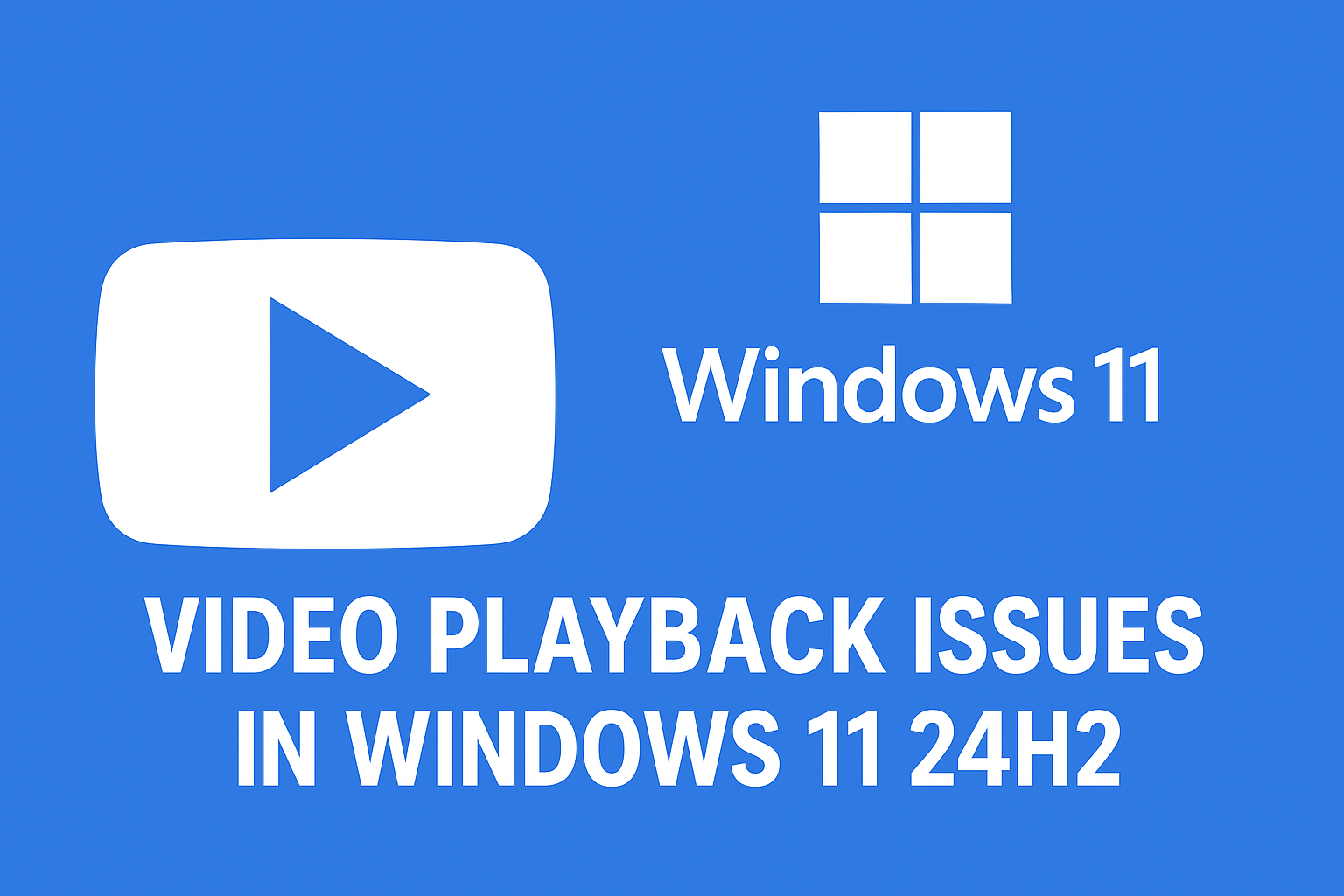
Search Ranking Instability Returns to Google Results: What You Need to Know in 2025
Search engine optimization (SEO) is a constantly shifting landscape, and once again, Google Search Ranking Volatility has heated yet again in 2025. Website owners, digital marketers, and SEO professionals are witnessing sudden ranking drops, unexpected spikes, and noticeable shifts across industries. This kind of volatility can feel like navigating a minefield—but with the right understanding and strategy, you can come out stronger on the other side.
Let’s break down what’s happening, why it matters, and how you can weather the storm while keeping your SEO strong.
Understanding Google Search Ranking Volatility
What Is Search Ranking Volatility?
Search ranking volatility refers to rapid, often unpredictable changes in the positions of websites on Google’s search engine results pages (SERPs). These shifts can affect both large authority sites and smaller niche platforms. Volatility is typically tracked using tools like SEMrush Sensor, MozCast, and Algoroo, which monitor fluctuations in keyword rankings across thousands of queries.
Why Does Google Update Its Search Algorithm?
Google updates its algorithm to improve the quality and relevance of search results. These updates help ensure users receive the most accurate, authoritative, and useful content. While most updates are minor, occasional core updates can dramatically alter the SEO landscape, affecting millions of websites in a single day.
Key Metrics to Monitor During Volatility
To identify and assess volatility, monitor:
- Keyword Rankings (track daily movement)
- Organic Traffic (look for dips or surges in Google Analytics)
- Bounce Rates & Dwell Time
- Click-Through Rates (CTR)
The Current Surge: What Sparked the Latest Volatility?
Timeline of the Latest Fluctuations (July–August 2025)
The current surge began in early July 2025 and peaked in late July. Many rank tracking tools reported a “heated” algorithmic behavior during this time, with volatility scores reaching the red zone (above 9.0/10). The trend has continued into early August, sparking speculation about a major unconfirmed core update.
Common Trends Observed Across Websites
Several patterns have emerged:
Drop in SERPs for Niche Blogs
Small websites relying on thin content or outdated SEO practices have seen drops in visibility.
Rise in Authority Domains
Large, well-established platforms with robust backlink profiles and content depth are climbing the ranks.How Google’s Algorithm Updates Impact Websites
Types of Google Algorithm Updates
Google performs several types of updates:
- Core Updates: Major shifts affecting overall content quality and E-E-A-T.
- Spam Updates: Target manipulative SEO tactics.
- Product Review Updates: Assess quality and authenticity of review content.
Core vs. Minor Updates: What’s the Difference?
- Core Updates focus on improving relevance at a fundamental level.
- Minor Updates tweak technical elements, like indexing and site speed, and usually go unnoticed.
E-E-A-T and Its Growing Role
Google continues to prioritize content that shows Experience, Expertise, Authoritativeness, and Trustworthiness (E-E-A-T). Sites lacking these qualities are increasingly vulnerable during volatile periods.Real-Life Examples of Ranking Volatility
Winners and Losers from the Current Volatility
- Winners: Educational portals, government sites, and trusted health resources.
- Losers: Affiliate-heavy blogs, AI-generated content hubs, and forums with outdated info.
Industry-Specific Effects (Finance, Health, Tech)
Tech: Rise of first-party data-rich platforms like manufacturer blogs and developer docs.
Finance: High scrutiny on YMYL (Your Money or Your Life) content.
Health: Preference given to medically reviewed and peer-reviewed content.How to Tell If Your Site Was Affected
Analyzing Google Search Console Data
Key areas to review:
- Clicks and Impressions (compare week-over-week)
- Top-performing queries (check for position changes)
- Coverage errors (identify crawl/indexing issues)
Using SEMrush, Ahrefs, and Rank Trackers
These tools can:
Highlight competing domains gaining or losing ground
Provide SERP volatility scores
Track daily keyword position changesSteps to Take During a Volatile Period
Immediate Actions to Stabilize Traffic
- Avoid drastic SEO changes.
- Focus on updating top-performing pages.
- Remove duplicate or outdated content.
- Strengthen internal linking.
Don’t Panic: When to Wait and Observe
Sometimes, the best move is no move. Google often refines updates over a few weeks. Monitor your data before jumping to conclusions or implementing major overhauls.Best Practices to Protect Rankings Long-Term
Focus on High-Quality, Authoritative Content
- Use original research, expert interviews, and comprehensive guides.
- Build topical authority within your niche.
Improve Page Experience and Load Speed
- Optimize for Core Web Vitals.
- Ensure mobile responsiveness.
- Reduce server response time.
Keep Technical SEO Up-to-Date
Audit regularly for broken links and duplicate meta tags.
Use schema markup.
Ensure proper crawlability and indexation.What Experts Are Saying About the 2025 Volatility
SEO Industry Reactions and Case Studies
Top SEOs like Barry Schwartz and Lily Ray have noted this 2025 volatility resembles past core updates in aggressiveness. Case studies show niche sites lost up to 30% traffic, while news aggregators gained 15–20%.
Predictions for Future Algorithm Behavior
Experts believe:
AI content will require strong human oversight to remain viable.
Google will emphasize real-world experience in content.
User intent will become even more nuanced.FAQs: Google Search Ranking Volatility Heated Yet Again
What causes Google search volatility?
Algorithm updates, technical glitches, and A/B testing by Google can cause sudden changes in rankings.
How long does volatility usually last?
Anywhere from a few days to several weeks, depending on whether it’s a confirmed or rolling update.
Can Google volatility permanently hurt my site?
Not necessarily. Sites can recover if they align with Google’s evolving quality standards.
Should I change my SEO strategy during volatility?
Wait for the dust to settle. Focus on quality, consistency, and compliance with SEO best practices.
Are core updates different from algorithm tweaks?
Yes, core updates affect overall site performance while tweaks are usually page- or function-specific.
How often does Google change its algorithm?
Google makes thousands of minor changes yearly, but major updates happen several times a year.Conclusion: Staying Ahead in a Volatile Search Landscape
The message is clear: Google Search Ranking Volatility has heated yet again, and it’s here to stay. But volatility doesn’t mean defeat—it means opportunity. Those who adapt, focus on genuine value, and align with Google’s principles will not only survive but thrive.
Stay updated, stay focused, and above all—keep delivering exceptional content.External Resource: Google Search Central Blog – for official updates and best practices.





















Post Comment